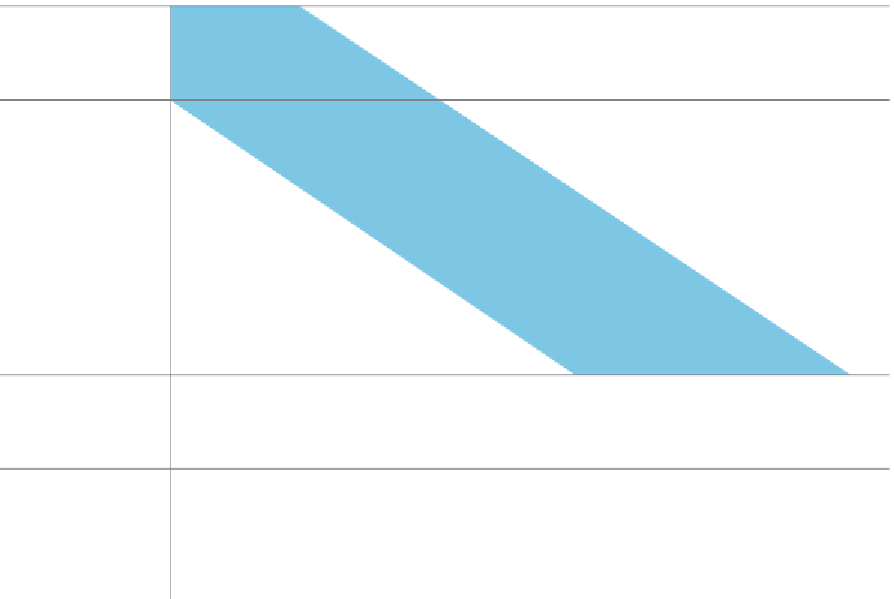Environmental Engineering Reference
In-Depth Information
QUANTITATIVE METHODS
QUALITATIVE METHODS
Using
Existing Data
Demographic Data
Economic Data
Questionnaires
Interviews
Attitude Scales
Asking
Questions
Categorization
Personality Tests
Unstructured Interviews
Oral Histories
Public Hearings
Participant Observations
Self-survey
Asking Questions
and Observing
The investigator becomes a member of
the community being studied during the
survey period.
Some members of the community being studied
are trained to make observations of their own
perceptions and behaviour.
Observing
Individual
and Group
Behaviour
Structured Direct Observations
Indirect Observations
Unstructured
Observations
FIGURE 8.6
Socio-economic Data Collection Methods
Oral histories - events are described to interviewers by persons who directly experienced
them. The technique is of great value when no documentary materials exist.
Source:
After Whyte 1997
support refers to the facilities used for site access, sample transportation, analysis, storage
of samples or data, and the like.
Sample Collection Methods
Sample collection methods for physical/chemical and biological parameters are well docu-
mented (e.g. Clark, editor, 2003). Data collection in social sciences, however, differs, but
generally involves three basic techniques: (1) using existing data, (2) asking questions, and
(3) observing people (
Figure 8.6
).
●
Using existing data - Examples of existing data include statistics on age, sex, and income
distributions; ethnic origin; mortality; housing type and occupancy; and education.
●
Asking questions - Information about attitudes, feelings, and beliefs cannot be easily
obtained except by asking questions. The many techniques that have been developed
range from highly structured, randomized pre-coded questionnaires to informal inter-
views. The less structured the interview, the more likely it is that the interviewer can
probe more deeply if he receives an unexpected reply or comment. On the other hand,
the responses will appear less systematic and may be harder to interpret.
●
Observations - Observations can be direct or indirect. Human behaviour can be observed
directly by watching people in public places, in unusual situations (say accident or festi-
val), or by watching the response of a community to a public announcement (say as part














Search WWH ::

Custom Search